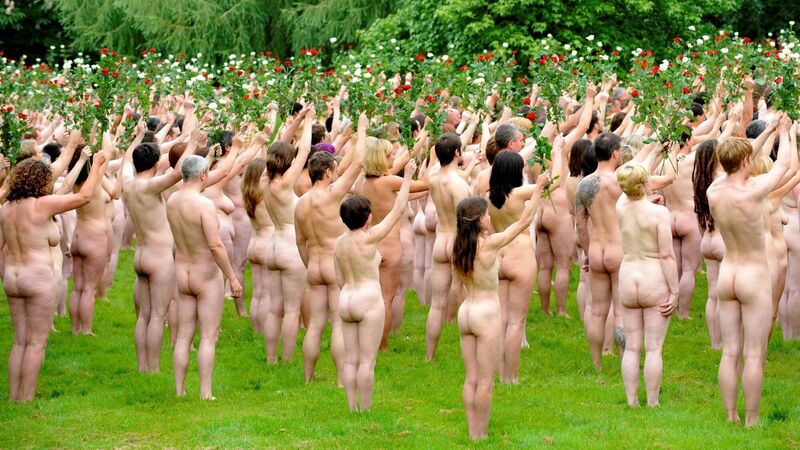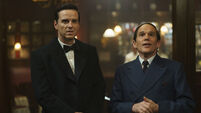Cork in 50 Artworks, No 49: Spencer Tunick's nude installation at Blarney Castle

People holding up roses during the nude installation by photographer Spencer Tunick at Blarney Castle. Picture: Dan Linehan
No one among the 1,100 people who gathered in the grounds of Blarney Castle in the early hours of Tuesday, June 17, 2008, quite knew what to expect. They were at the famous Co Cork location as they had volunteered to be photographed naked.
The occasion as part of Cork Midsummer Festival was the first shoot in Ireland by the American photographic artist Spencer Tunick, who had already made quite a name for himself shooting large groups of naked people in public spaces in New York, Montreal, London and Amsterdam. Whatever about those major international centres of culture, it was hard to gauge what Ireland’s second city would make of such a happening.







